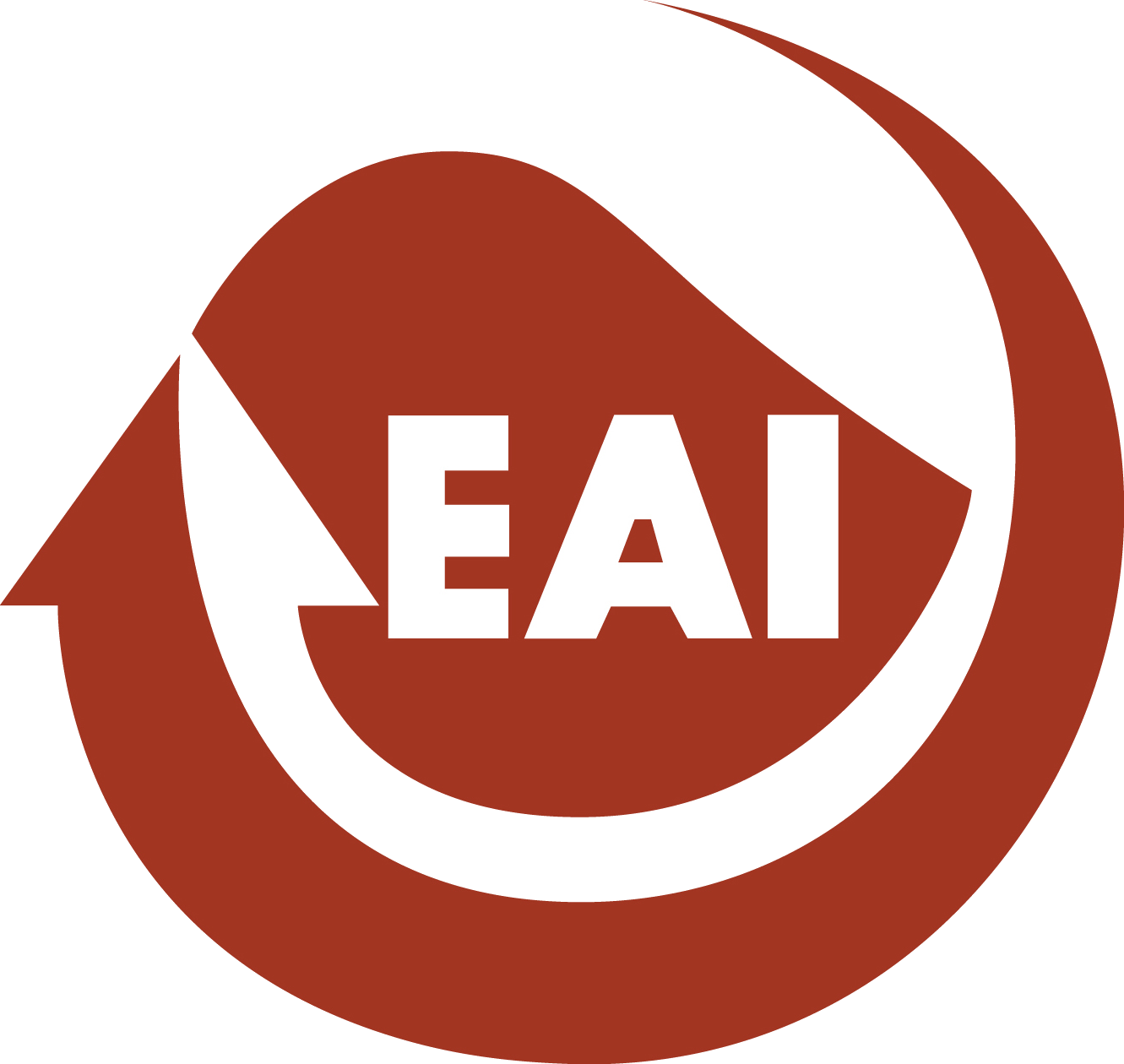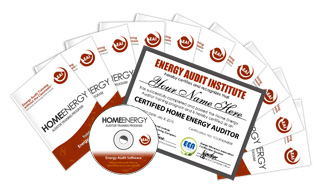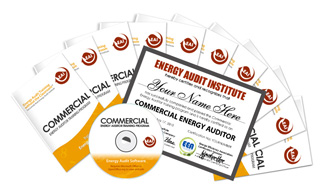ENERGY AUDIT TRAINING
Energy auditing began in the 1970’s when the U.S. was experiencing an energy crisis. Climate change and increasing energy expenses have brought a renewed focus on energy. The federal and state govenments as well as many untilities are offering tax rebates and incentives to encourage energy efficiency in homes and businesses.
With the renewed interest from homeowners and business owners many Americans are now looking into the energy auditing field to start a new career or modify their existing careers. The first question that is usually prompted is “Do I need to be trained or certified?” Surprisingly, there is not currently any government requirement to be certified to conduct an energy audit. However, in order to gain the trust and confidence of potential clients, most find it necessary to get trained and certified in energy auditing — which is a great idea!
Legacy Energy Audit Training
The energy audit industry has historically been comprised of energy auditors that are trained and certified from two companies – RESNET and BPI. Both companies have strong ties to the U.S. government, the Dept of Energy, and Energy Star. The energy audit training programs offered by both companies are very good. Since these energy auditor training programs are primarily designed for engineers, architects, and home trade experts with a history of energy and inspections, some students describe these programs as complicated, extensive, and expensive.
In order to learn all the energy auditing techniques offered in these programs, these companies generally require an apprenticeship training period in addition to a lengthy training program. Graduates from these programs are well prepared to conduct “Advanced” audits with machinery including blower door testing, duct blaster testing, thermal imaging, and other in-depth measuring techniques and practices. Legacy training programs require their graduates to purchase the equipment necessary to conduct an “Advanced” energy audit at an average cost of $20K-$30K. In order to be profitable, the equipment cost is then passed on to the homeowner – the going rate for an “advanced” energy audit is $400 – $600.
In addition to the lengthy training period and large upfront costs, the time required to conduct an “advanced” energy audit is usually a minimum of six hours on-site with two workers in a high liability environment and another two hours off-site typing up the energy savings report. Considering that an &auot;advanced&auot; energy audit takes an average of 6 hours plus $20K – $30K of test equipment to complete – charging the homeowners a fee of $400 – $600 is a minimal cost – however, homeowners bitterly gripe about that minimal cost.
The Problem With Legacy Energy Audit Training
While legacy energy audit training companies continue to develop highly skilled auditors and engineers, the economy continues to decline. Finding clients that are willing to pay and can afford a $400 – $600 energy audit becomes increasingly harder. Until recently there wasn’t a viable solution to this problem. Only through the creation of a new standard in the industry was this problem able to be solved and energy auditors able to once again have lucrative careers making money saving energy.
The Arrival of the Standard Energy Audit
The Energy Audit Institute created a new type of energy audit for the “eco-conscious” market that reduces the need for energy auditors to buy $20K – $30K of equipment. At the same time reducing the amount of time required in the consumers residence or facility, thereby lowering the cost of an energy audit to an affordable rate.
How? By removing the advanced auditing techniques such as blower door testing, and duct blasting and other time and money consuming testing. This simplified audit is called a “standard” energy audit. The standard energy audit still finds (on average) 80% of the energy savings of an “advanced” audit but in a fraction of the time. A “standard” energy audit is primarily a visual inspection and focuses on the primary energy wasting elements such as heating, cooling, and lighting. Since these areas consume and waste the most energy it makes sense that the standard energy audit should focus on these items. Another area of focus is tax incentives and rebates from the U.S. government, states, and local energy and gas companies. Since there are many new rebates on items such as insulation, solar screens, radiant barrier, HVAC systems, and water heaters – making sure these areas are clearly identified and explained to the homeowners is critical.
Energy Audit Training – The Solution
While traditional energy auditors from legacy training programs continue to only offer “advanced” energy audits, a new market for low-cost “standard” energy audits has emerged. With an average cost of $100 – $200 per home audit and 1-2 hours of time to complete, this new energy audit continues to gain traction. Considering the average savings found by a “standard” audit is about $400 – $600 per year, being able to only pay $100 for the audit becomes realistic and affordable. With the elimination of the $20K – $30K costs in equipment by the energy auditor, there is no longer the need to try and pass those charges on to the client. This means energy auditors that conduct “standard” audits are able to be more profitable when starting out.
The “standard” energy audit has created a true win-win in the marketplace between the energy auditor and the client. Standard energy audits are now helping low income families, fixed income retirees, and those the hardest during this economic recession. Finally everyone can get an energy audit and the country as a whole can work together to reduce wasted energy.
SUPPORT
- Email: support@energyauditinstitute.com
- Phone: 512-212-4949 (9am-5pm Eastern)
- Snail Mail: 6 Harper St.
West Orange, New Jersey 07052


